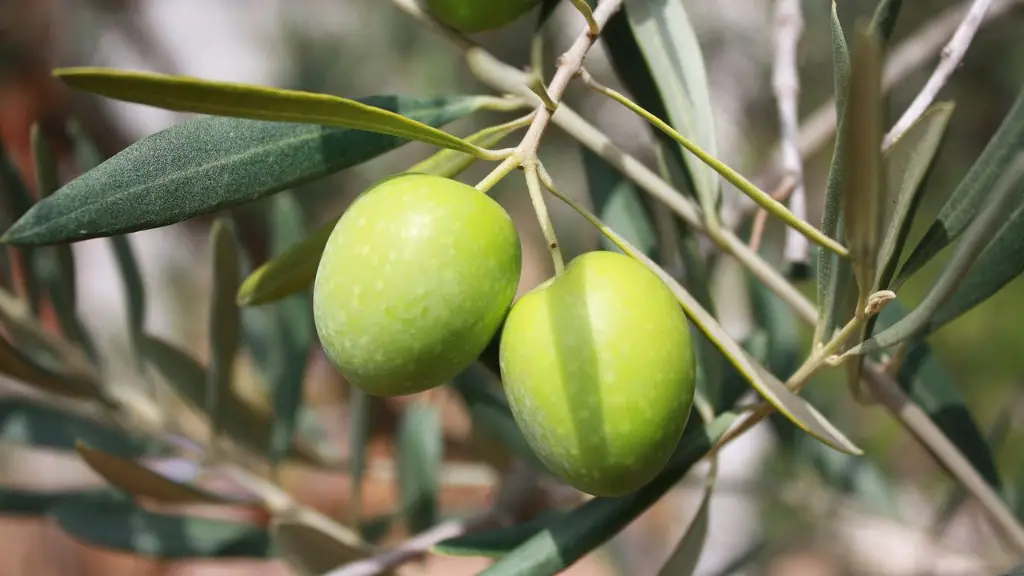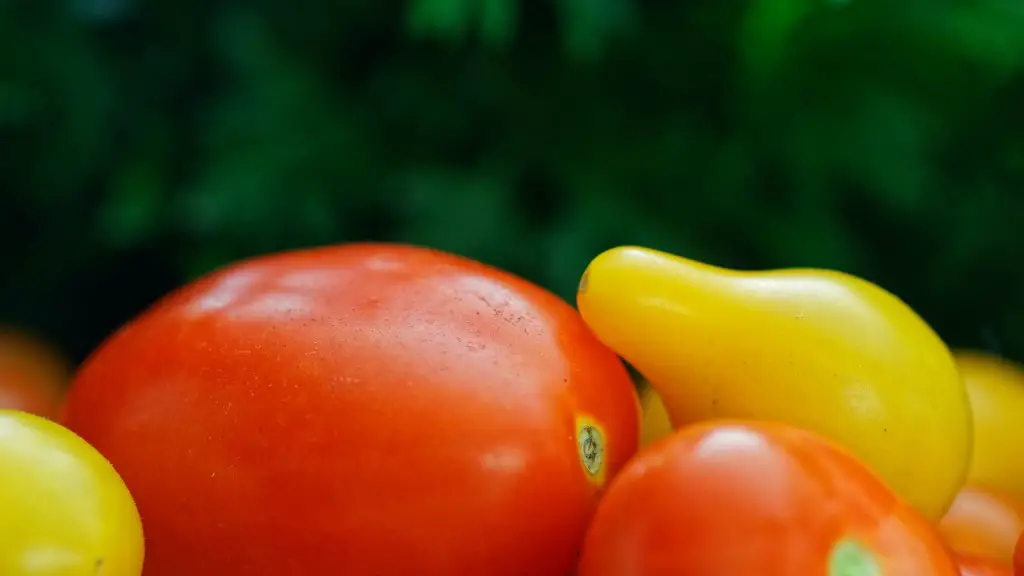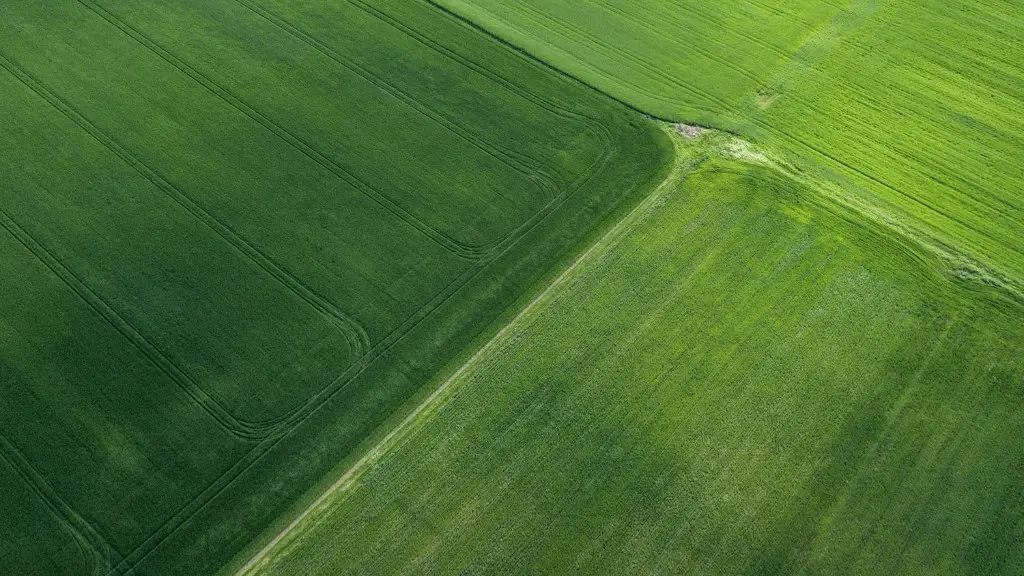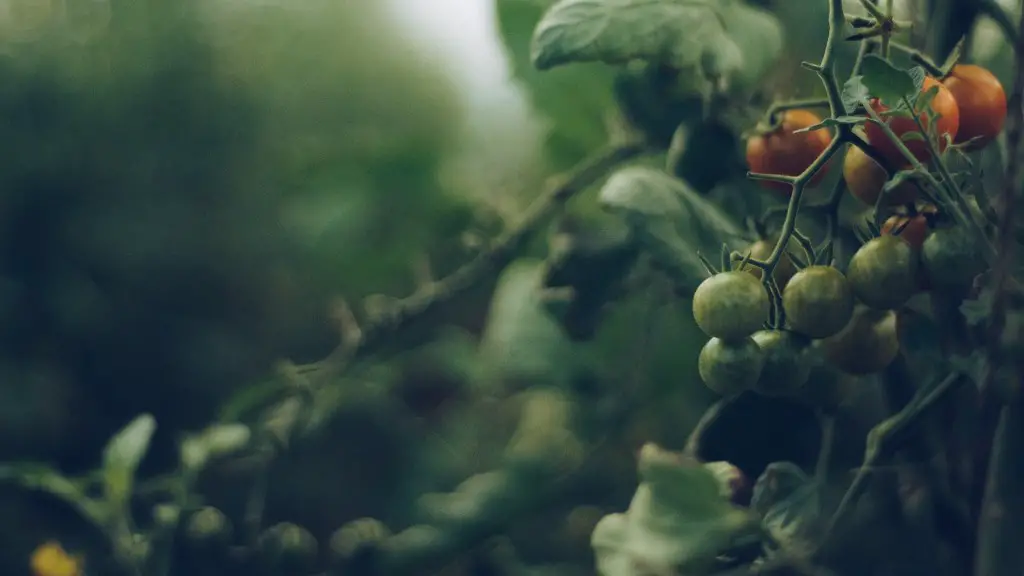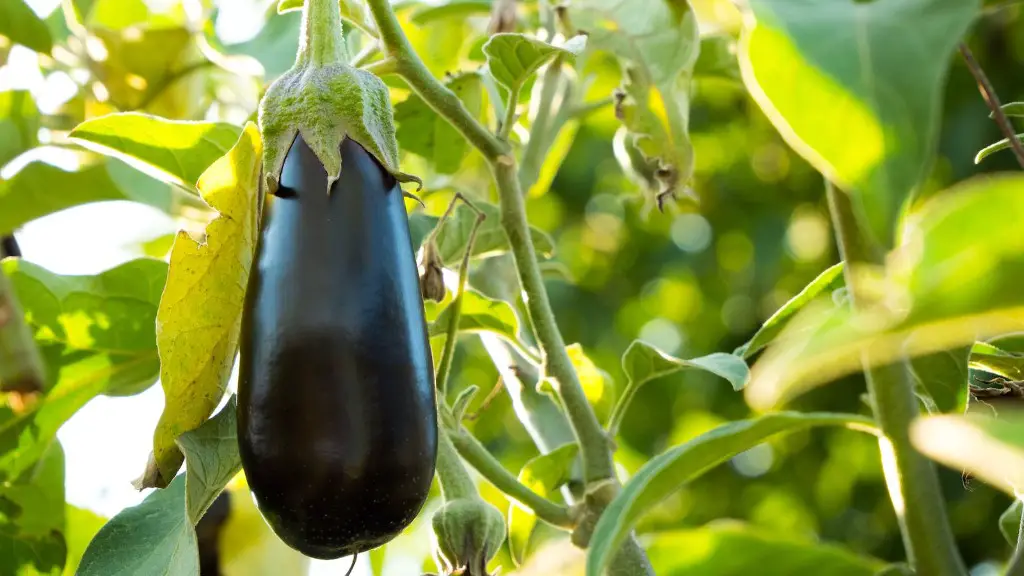Soil conservation in agriculture is the practice of preventing soil degradation due to farming techniques. It involves activities such as reducing the amount of tillage on a farm, adopting soil conservation practices and creating crop rotations to give the soil a rest. Soil conservation also includes reducing or eliminating grazing of the land and regulating fertilizer application. With increased population and global warming, soil conservation is becoming critical to prevent erosion, runoff and maintaining health of our land.
Organic farming is an ecological and sustainable approach towards soil conservation. It produces fewer pollutants and carbon dioxide and enriches the soil health. By avoiding use of synthetic fertilizers, it reduces environmental impacts and also helps preserve the landscape. Additionally, organic farming helps promote biodiversity and improve soil fertility by increasing the number of beneficial soil microbes and organisms.
Conservation tillage is another practice used for soil conservation. It involves using crop residue, such as the stems and leaves left after harvest, as a cover for the soil to reduce soil erosion. This keeps the soil moist and helps reduce water loss due to evaporation. Also, applying cover crops on the soil also aids in erosion control as they absorb water and reduce runoff from intense rainstorms.
Appropriate water management can also help conserve soil, as too much or too little water can adversely affect soil structure, fertility and productivity. Through irrigation, resources can be reused and water loss reduced. Additionally, methods such as drip irrigation or sprinkler irrigation can be used to apply water more efficiently and directly to the plant.
Improved soil fertility is also key to soil conservation. This is done by using agronomic methods such as crop rotation, cover cropping and integrated nutrient management. Additionally, application of organic matter such as manure, compost, and green manure can be used to improve soil structure and fertility. Additionally, the use of microbial fertilizers and microbial inoculants has been gaining popularity and is becoming important in promoting soil health.
Organic Farming
Organic farming is an all-natural approach to sustainable soil conservation, and an enjoyable and profitable alternative to traditional farming. By avoiding synthetic pesticides and fertilizers, organic farmers produce food that is free of hazardous chemicals that can contaminate soil and water. Additionally, organic farming results in fewer carbon emissions and decreased soil erosion, providing long-term health and productivity of the land.
Organic farming relies on crop rotation, cover cropping and integrated pest management to maintain soil fertility. Crop rotation promotes soil health by introducing different organic materials into the soil and by leaving certain areas fallow for seasons of rest. Cover cropping further helps improve soil fertility as certain plants can fix nitrogen in the soil and add organic matter, which help to increase the fertility and water-holding capacity of the soil.
Integrated pest management is also carried out to reduce the impact of pests. This involves the use of pest-resistant plant varieties, good sanitation practices, using beneficial insects and natural repellents, and crop rotation to varying the environment.
Soil conservation also applies to organic livestock farming, as overgrazing can result in loss of vegetation and soil erosion. To prevent overgrazing, organic farmers may implement rotational grazing practices such as paddock-style grazing and mob-grazing, which involve rotating livestock across different pastures to allow vegetation regrowth and to encourage soil fertility.
Organic farming inherently has many processes in place to promote soil conservation, which makes it a viable option for building and maintaining soil health. This can be achieved through a combination of practices such as cover cropping, crop rotation, integrated pest management, and rotational grazing.
Conservation Tillage
Another important practice for soil conservation is conservation tillage, which is a form of low- or no-tillage agriculture. It involves using the stem from the previous crop as light cover crop, and then re-ploughing the land just enough to sow the seeds of the next crop. This practice reduces soil erosion, minimizes soil compaction, permits more efficient use of water and reduces fuel usage.
No-tillage farming is a term used to describe conservation tillage when little or no soil disturbance is used in planting. This method is advantageous in terms of conserving soil and reducing crop yields variability, due to the soil being left undisturbed. Additionally, no-till farming results in increased organic matter in the soil, which assists the soil with water retention, enhances soil fertility and reduces erosion.
Conservation tillage should be tailored to each specific farm and its soil type, as it may not always be beneficial. For example, it may not be suitable in drought-prone areas, or if the soil has a high proportion of clay. Additionally, soil types can also have an impact on the success of conservation tillage, as certain soils may require more intensive tillage than others.
Moreover, conservation tillage also requires more knowledge, skills and resources from the farmer. This can be in terms of having access to the right equipment and labor, as well as understanding and implementing the correct farming techniques. Additionally, conservation tillage requires an understanding of crop residue and its management.
Overall, conservation tillage is a beneficial practice for soil conservation, as it helps reduce soil erosion and maintain fertile soil. It also helps farmers save resources and increase yields while reducing environmental impacts. However, it is important to consider the soil type and climate conditions before implementing this practice, as it may not be suitable in all cases.
Water Management
Water management is essential to effective soil conservation, as watersheds can be severely depleted when too much water is taken or given off. Therefore, proper measuring and monitoring of water usage is important in order to sustain ecosystems and maintain soil health. Additionally, the seasonality of rainfall and potential evaporation needs to be considered in order to ensure that the soil has the adequate amount of water at the appropriate times of the year.
There are a number of measures that can be taken to improve water efficiency. These include using drip or sprinkler irrigation systems, using soil moisture sensors, and implementing water conserving techniques such as low or no-tillage farming, minimizing runoff and reducing irrigation when possible.
Additionally, water harvesting is another important practice in soil conservation, as it helps to conserve and reuse water while reducing the demand on existing resources. This includes storing rainwater from roofs and capturing surface runoff from land, which can then be used to augment irrigation needs. Other methods of water harvesting include micro-irrigation and rainwater harvesting ponds.
It is important for farmers to have access to water that is suitable for agricultural use, as using contaminated water can result in adverse effects on soil and crop health. Therefore, farmers need to be aware of where their water is coming from, and must use appropriate measures to ensure it is clean and suitable for agriculture.
Overall, water management is integral to effective soil conservation, as it can help protect and maintain healthy soils, reduce water usage and recycle resources. By implementing sound water management policies and practices, farmers can help protect and preserve their soils while still harvesting the necessary resources to sustain the land.
Soil Fertility
Improving soil fertility is one of the most important aspects of soil conservation. This is done by adding organic matter, as it helps enhance healthy soil structure, water infiltration and soil biology, as well as improving soil fertility. Organic matter can come in the form of manure, compost, green manures, and crop residues.
Crop rotation is also a key practice for improving soil fertility. The practice of rotating grains with legumes allows the legumes to use nitrogen from the air, which is then stored in the roots and released into the soil. Additionally, crop rotation also helps reduce soil erosion and decrease weed, pest and disease pressure.
Another tool that is important for maintaining soil fertility is integrated nutrient management (INM). This is a system for managing plant nutrition, with the goal of ensuring that nutrients are used efficiently and in an environmentally conscious manner. INM takes into account the soil type, crop, cropping history and pasture management to identify nutrient needs and create nutrient management plans.
Organic soil amendments are another important approach to improve soil fertility. These amendments include humic and fulvic acids, which can provide an array of benefits such as increased soil vibrancy, increased soil water-holding capacity, improved soil fertility and greater pest and disease resistance.
Moreover, microbial inoculants and fertilizers have also been gaining interest in promoting soil health and fertility. Microbial inoculants are microorganisms added to soil to provide beneficial nutrients and to increase the microbial community in the soil. Additionally, microbial fertilizers are composed of a mixture of microorganisms that can provide essential nutrients to plants.
Overall, improving soil fertility is essential to maintaining soil health and productivity. Timely and adequate fertilization, combined with crop rotation and integrated nutrient management, can help promote healthy soils and preserve the land.
